Wedgwood pottery has remained collectable since its founding by Josiah Wedgwood in 1759. Potteries Auctions has been selling Wedgwood Jasperware, tableware and collectable ceramics for over 25 years, and has amassed vast knowledge in this incredibly diverse field.
We can identify and provide valuations on a wide range of Wedgwood pieces, from the functional to the purely decorative, from the mass-produced to the incredibly rare.
Top Selling Wedgwood Items at Auction
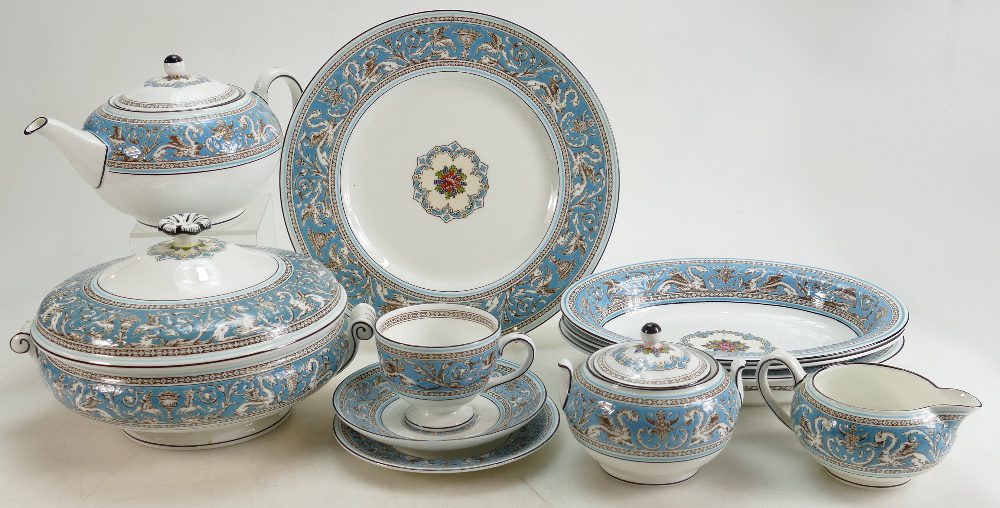
Wedgwood Florentine patterned dinnerware
£1,600
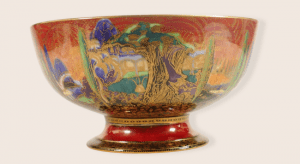
A Wedgwood Flame Fairyland lustre footed bowl
£3,400
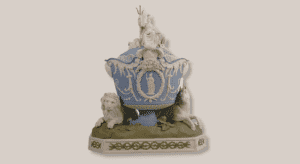
Wedgwood Prestige large vase & cover “The Britannia Vase”
£4,100
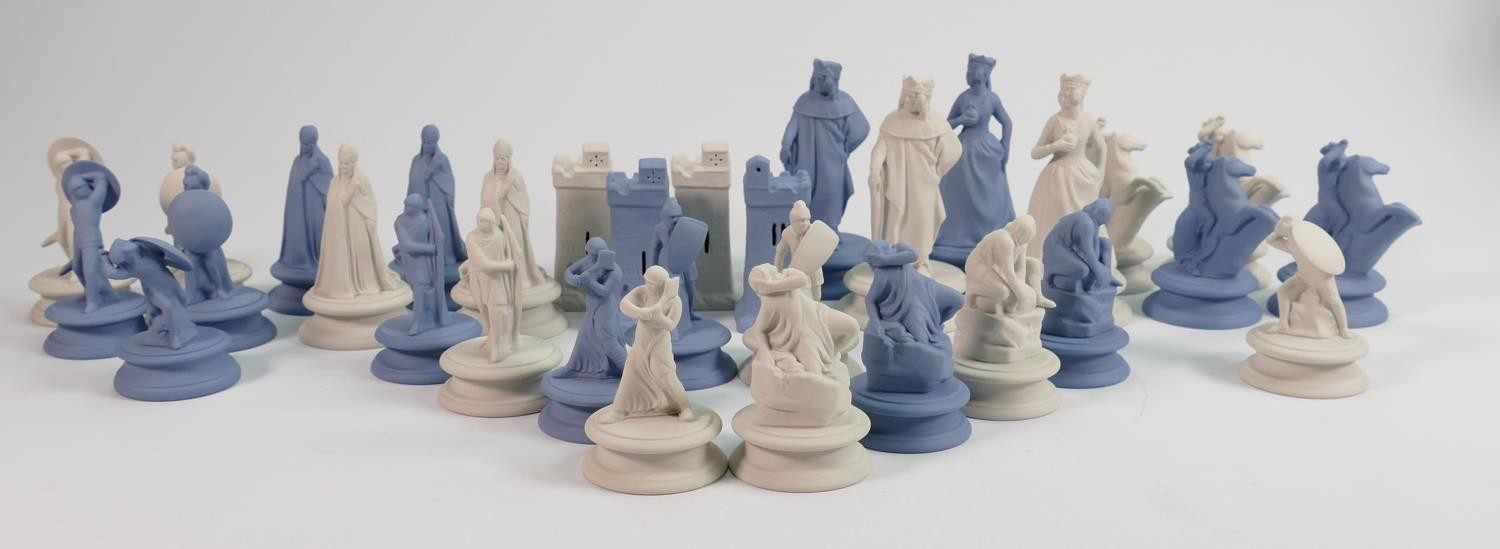
Two sets of modern Wedgwood Flaxman-designed blue & white Jasperware chess pieces
£1,700
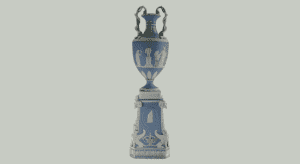
Wedgwood white on pale blue limited edition snake handled vase and stand
£4,000
Got an interesting item?
Speak to one of our experts to find out the value of your pottery, antiques, jewellery, & collectables
Book a valuationWhether you are looking to buy or sell Wedgwood collectables and figures, the team of experts at Potteries Auctions can help you find the piece you are looking for, or value your items for sale. Request a call back if you are looking for a valuation and are seeking to sell some Wedgwood collector pieces at auction.
Wedgwood Porcelain & China Facts
- Jasperware was first developed by Josiah Wedgwood in the 1770s. With its distinctive matt finish and cameo reliefs in white, with the most common and best known being the Wedgwood Blue, makes this one of the most easily recognisable designs by the potter.
- Although antique Wedgwood pieces are now highly collectable, Josiah Wedgwood is credited with the industrialisation of the manufacture of pottery. Wedgwood also mastered the art of segmenting his target audience by selling his expensive pieces to the nobility, whilst also making cheaper sets to market to the rest of society.
- Josiah Wedgwood was an abolitionist, and is also the grandfather of Charles Darwin!
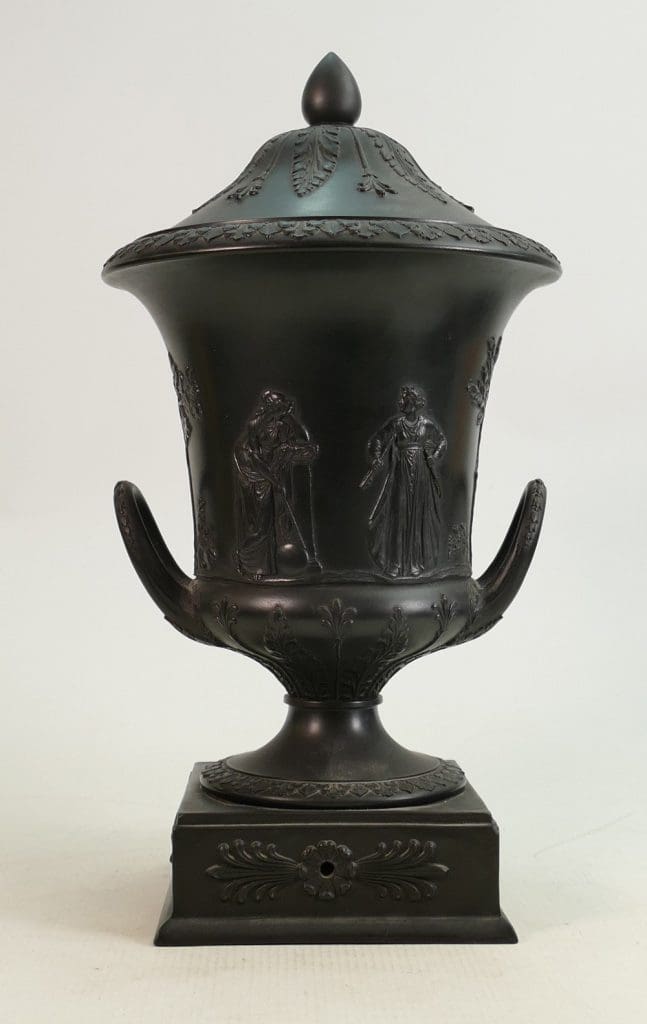
The History of Wedgwood
Wedgwood was founded in 1759 at the Ivy House Works, Burslem, by Josiah Wedgwood (1730-1795), who is now remembered as the “Father of English Potters”. He was the youngest of 12 children born in Burslem, Staffordshire, in the heart of the English Potteries, and served his apprenticeship as a potter before setting up his own business.
In 1765, Wedgwood created a new form of earthenware, which impressed the then-British Queen consort Charlotte of Mecklenburg-Strelitz, who gave official permission to call it “Queen’s Ware.”
In 1766, Wedgwood bought Etruria, a large Staffordshire estate, as both a home and factory site. Wedgwood developed a number of further industrial innovations for his company, notably a way of measuring kiln temperatures accurately, and the new ware types Black Basalt and Jasper Ware.
During the late Georgian period, the fame of the factory grew. Wedgwood was quick to respond to the latest fashions, with patterns harmonised with the elegant interior decoration of the time, and figures and vases made in Jasper and Basalt.
Wedgwood always took new shapes home for his wife to try out before large-scale production began. In the early 19th-century, bone china was made in limited quantities, but in the last 100 years it has been of growing importance in the factory production.
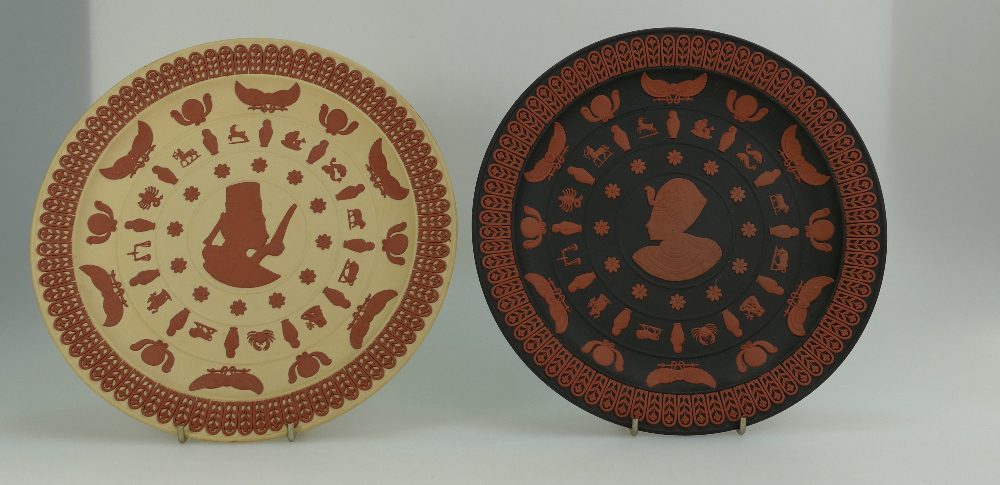
Wedgwood’s best known product is Jasperware, created to look like ancient cameo glass. It was inspired by the Portland Vase, a Roman vessel which is now a museum piece.
A first edition copy of the Portland Vase made in the late eighteenth century realised £20,000 at Sotheby’s on 30th November 1971 – a world record auction price for an English ceramic.
Josiah Wedgwood paid the third Duke of Portland £100, a handsome hiring fee in those days, for the loan of the Barberini (or Portland) vase in order to model his famous Jasper reproductions.
As well as being a pioneer in the world of pottery, Josiah Wedgwood also held very strong beliefs and was an astute businessman.
Josiah Wedgwood was an enthusiastic supporter of the American War of Independence, and worked against the slave trade. As a businessman, he realised that items could be made to commemorate particular events. Jasperware proved very useful for this and Wedgwood continue to make event pieces. One famous earlier piece, produced in 1787, was a medallion depicting a slave kneeling in chains with the inscription ‘Am I not a man and a brother?’. Thousands of these were freely distributed.
During the early years, Wedgwood engaged famous artists of the day such as John Flaxman and George Stubbs. John Flaxman was 19 years old when he was employed in 1774 as an artist, and he continued to work for Wedgwood 12 years. The “Dancing Hours” may be his most well-known design.
Get In Touch
Potteries Auctions can collect items for auction from anywhere in the UK, and we can also handle large collections from all over the world, so just get in touch with us to discuss. We pride ourselves in our packing and shipping service to get goods out to purchasers, making it a perfect solution for buyers who can’t attend auctions in person.
Sign up for our newsletter
If you would like to receive advance notification of upcoming auctions and sale notifications, then please subscribe to either our text alerts or email newsletter via the buttons below.
